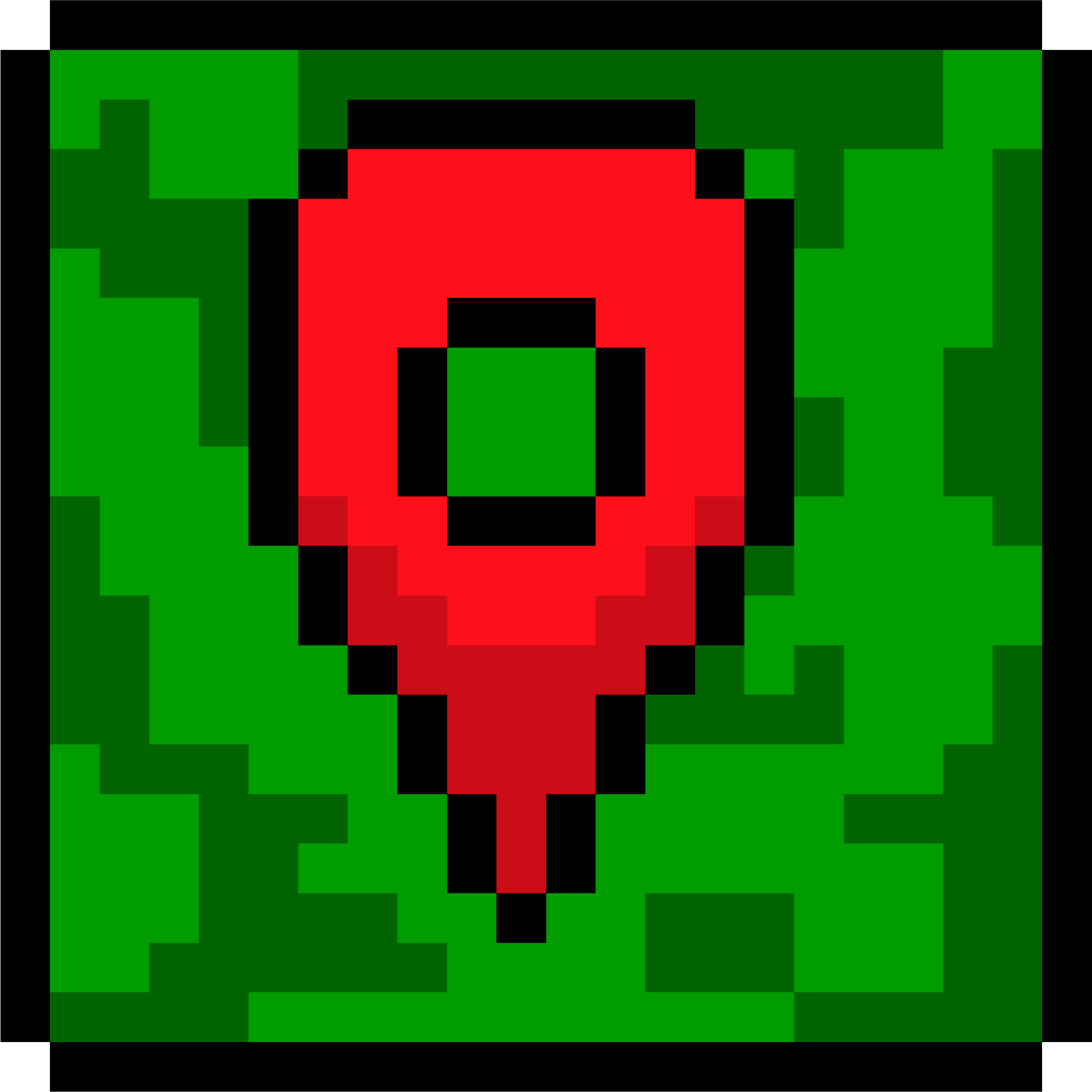3,922 reads
Building a ChatGPT Clone on Flutter With the OpenAI API
by
February 20th, 2023
Audio Presented by
Story's Credibility



About Author
I want to make stuff that makes the world a better place!


I want to make stuff that makes the world a better place!